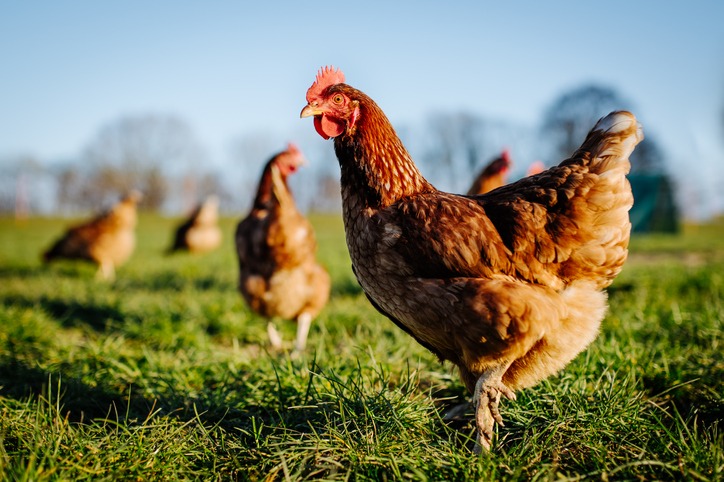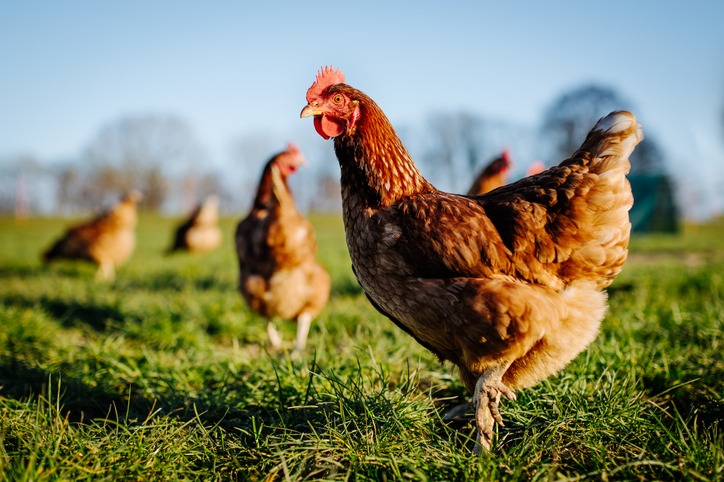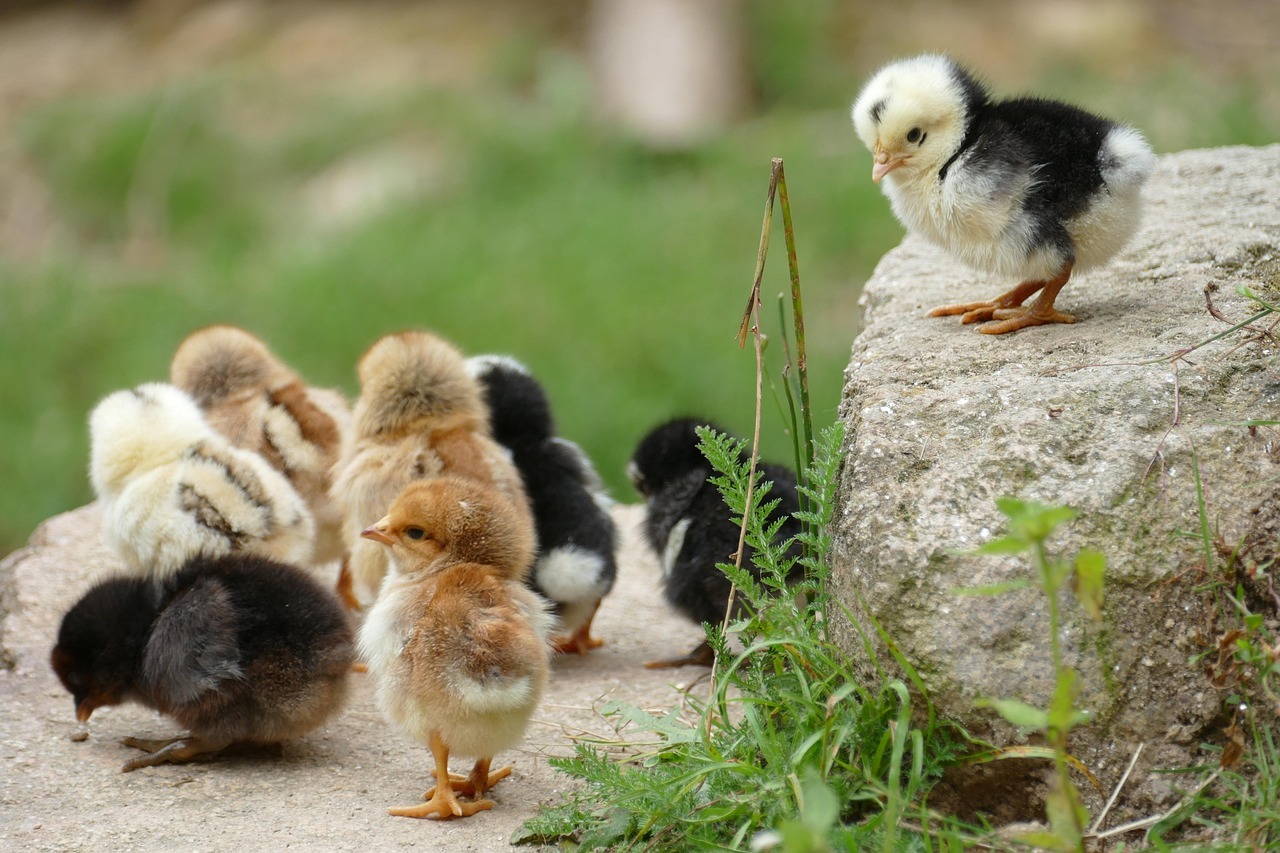Deep Bedding Method: Better Barn Care for Your Homestead Livestock
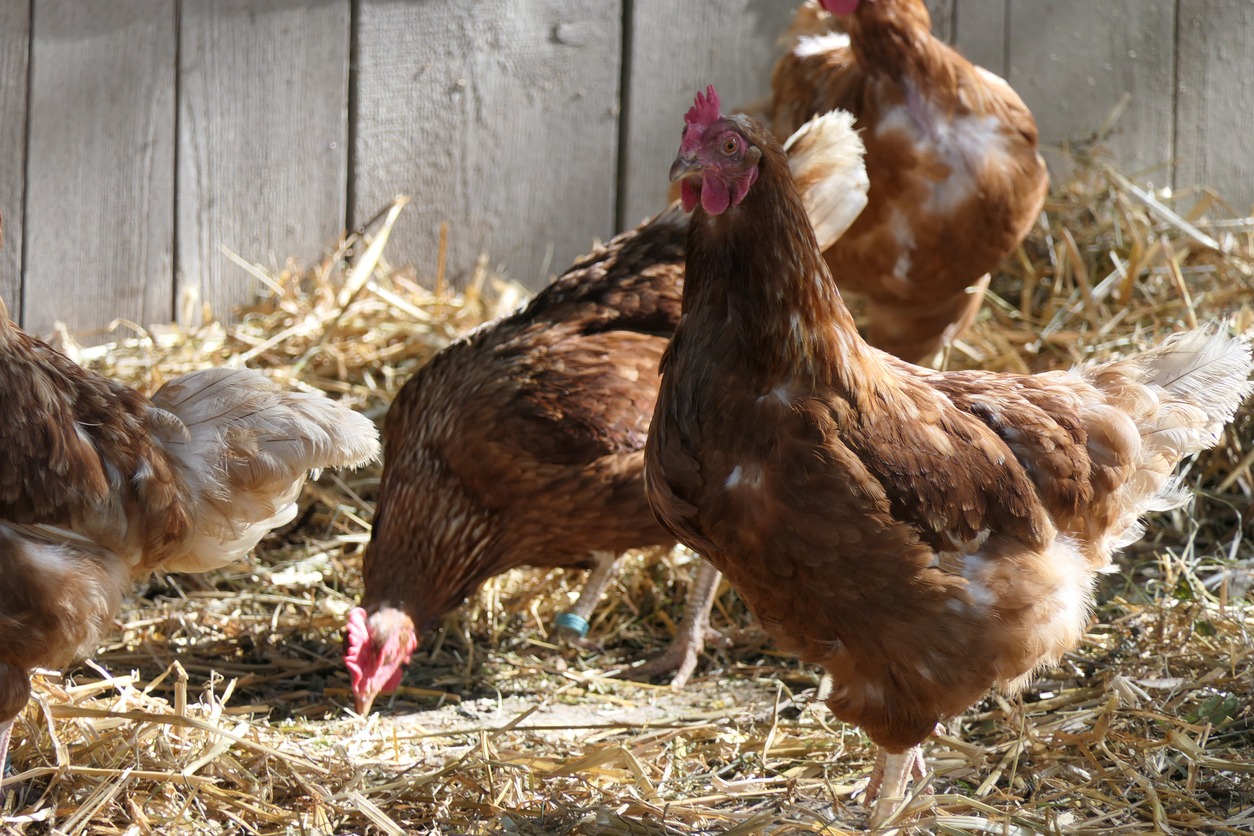
Sustainable livestock care is essential for any homestead, whether you’re raising chickens, goats, pigs, or other animals. A clean, comfortable environment is critical not only for their health but also for your farm’s efficiency and productivity. The deep bedding method offers a practical, eco-friendly way to manage waste, save time, and create nutrient-rich compost for your gardens and pastures.
This method doesn’t just reduce your daily chores; it creates a self-sustaining system that benefits your animals and the environment. Let’s dive deep into how this method works, why it’s worth adopting, and how to implement it effectively on your homestead.
What Is the Deep Bedding Method?
If you’ve ever felt overwhelmed by the daily task of cleaning up after your animals, the deep bedding method may be the solution you’ve been searching for. Also known as the deep litter method, this approach mimics the natural decomposition processes found in nature to manage waste efficiently.
The concept is simple but effective: you start with a thick layer of bedding material such as straw, wood shavings, or wood chips. Over time, as animals add manure and move around, the bedding becomes a composting system. The combination of carbon from the bedding materials and nitrogen from the manure creates the perfect environment for decomposition. This process generates heat, controls odors, and reduces waste, all while creating compost for your garden or pasture.
Unlike traditional cleaning methods where you remove manure daily, the deep bedding system allows you to work smarter, not harder. By adding fresh bedding periodically, you create a layered system that remains functional and sanitary for months. In addition to simplifying barn care, this system encourages natural animal behavior, such as rooting and scratching, which enhances the composting process.
Why Choose the Deep Bedding Method?
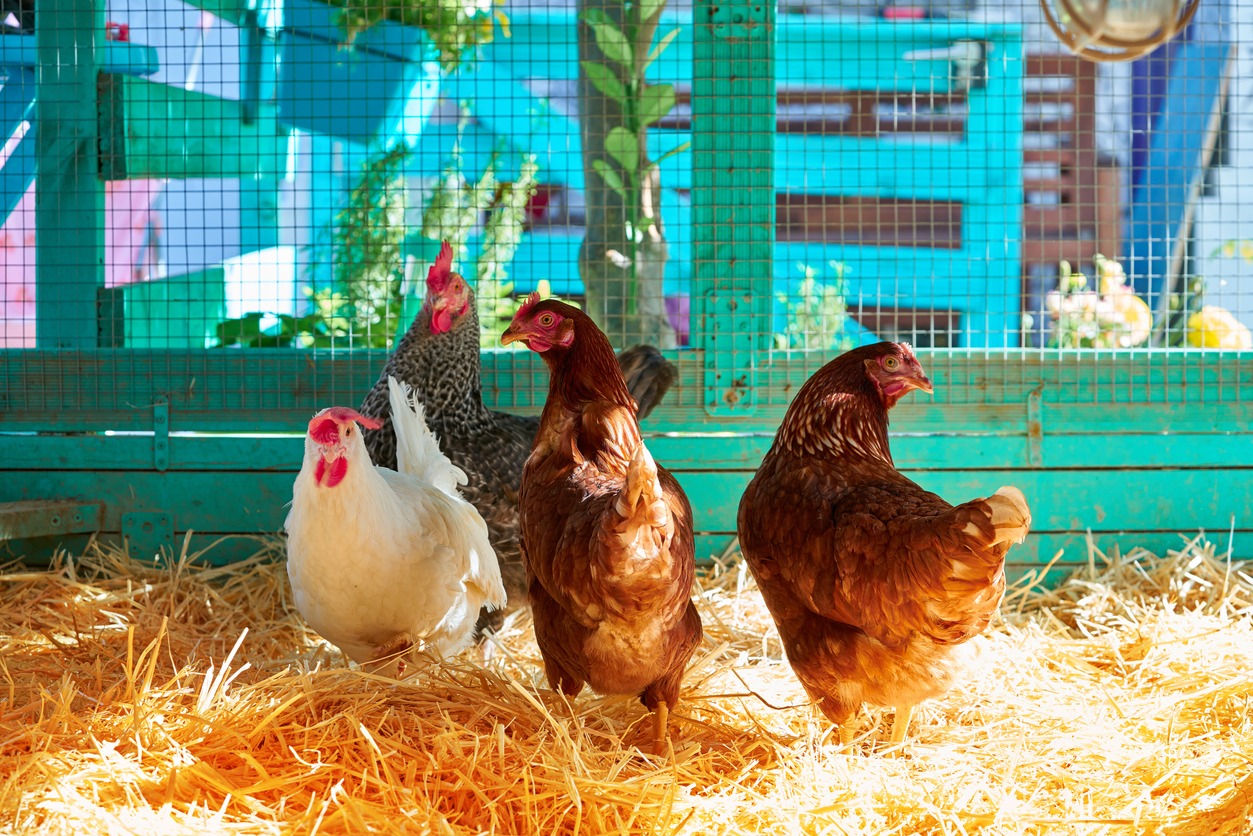
When considering changes to your barn care routine, you’ll want to weigh the benefits. The deep bedding method has something to offer everyone—livestock, homesteaders, and the environment.
Benefits for Livestock
Animals thrive in an environment that mimics their natural behaviors and needs. The deep bedding method provides:
- Comfort and Warmth: During winter, the composting process generates heat, which insulates the barn or coop. This helps animals stay warm without relying heavily on artificial heat sources, saving you energy costs.
- Cleaner Environment: Carbon-rich bedding absorbs moisture and prevents manure from accumulating on the surface, keeping animals cleaner and healthier.
- Encourages Natural Behavior: Animals like chickens love to scratch and forage, while pigs enjoy rooting. The deep bedding method supports these instinctive activities, contributing to their overall well-being.
Benefits for Homesteaders
For farmers and homesteaders, the deep bedding method offers a variety of advantages:
- Time Savings: With traditional systems, manure must be removed daily or weekly. With the deep bedding method, you only need to add fresh bedding as needed and perform a thorough cleaning once or twice a year.
- Cost Efficiency: Bedding materials like straw or wood shavings are inexpensive, and the resulting compost eliminates the need to purchase fertilizers for your garden.
- Ease of Management: There’s no need for an external compost pile; everything happens in the barn, simplifying your workflow.
Environmental Benefits
Lastly, this method supports sustainable farming practices:
- Odor Control: The high carbon content of the bedding neutralizes ammonia smells, creating a fresher barn environment.
- Closed-Loop Fertilizer System: Manure and bedding are transformed into compost, reducing waste and providing your homestead with a valuable resource.
Selecting the Right Bedding Materials
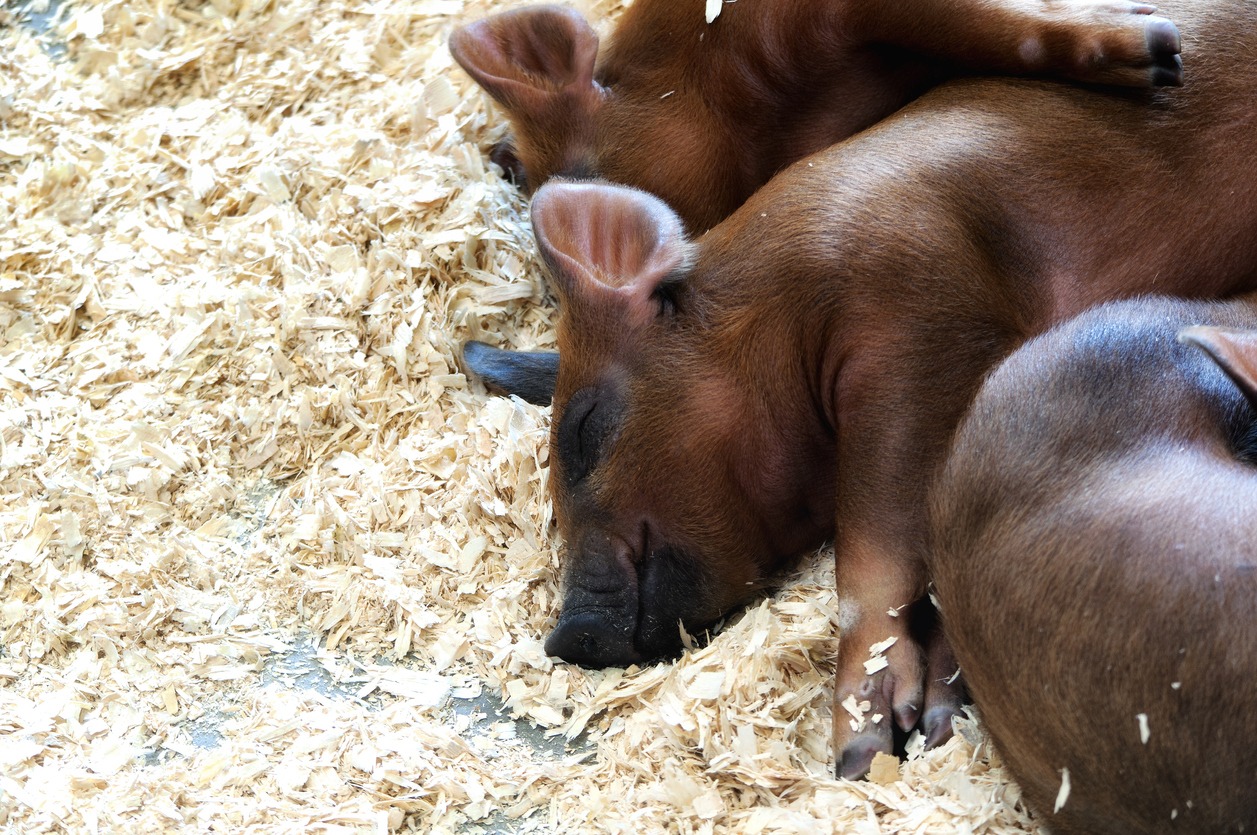
Choosing the right materials for your deep bedding system is critical to its success. Bedding materials serve multiple purposes: absorbing moisture, controlling odors, and facilitating decomposition. Each type of bedding has unique properties, so it’s essential to select the right one for your barn and animals.
Wood Shavings
Wood shavings are a favorite among homesteaders because they are:
- Highly Absorbent: They soak up moisture effectively, keeping the bedding dry.
- Quick to Decompose: This makes them ideal for composting.
- Easy to Source: Many hardware stores and lumberyards sell them in bulk.
Straw
Straw is an affordable and readily available option, but it does come with a few considerations:
- Budget-Friendly: Straw is often cheaper than wood shavings, making it a good choice for large operations.
- Challenging to Mix: It tends to mat down, so animals may need encouragement to keep it aerated.
Wood Chips
Wood chips are a great addition to your system, especially as a base layer. They:
- Promote Aeration: Their larger size prevents compaction.
- Last Longer: Although slower to decompose, they are durable and effective for moisture control.
Tips for Success
- Carbon-to-Nitrogen Ratio: Aim for a 30:1 ratio. Too much manure (nitrogen) leads to odors, while too much bedding (carbon) slows composting.
- Combine Materials: Mixing straw and wood shavings can balance absorbency and ease of aeration.
- Source Locally: Look for materials from local farms, mills, or garden centers to save money.
Setting Up Your Deep Bedding System
Implementing the deep bedding method is straightforward, but preparation and attention to detail are essential to get the best results. Follow these steps to set up your system:
Step 1: Prepare the Area
Before starting, clean your barn or coop thoroughly. If the floor is prone to dampness, consider adding a drainage layer of gravel or sand.
Step 2: Lay the Base Layer
Spread a thick base layer of bedding material at least 6–12 inches deep. This layer provides the initial absorption and insulation needed for the system.
Step 3: Add Bedding Regularly
Every week (or as needed), add fresh bedding to cover manure deposits and maintain dryness. Pay attention to high-traffic areas where waste accumulates quickly.
Step 4: Monitor and Mix
Encourage livestock to mix the bedding naturally. For example:
- Scatter grains or seeds to attract chickens’ scratching.
- Let pigs root through the bedding as they explore.
Maintaining Optimal Conditions
To keep your deep bedding system working effectively, regular monitoring and adjustments are essential. Let’s break down what to watch for:
1. Odor Control
Your barn should smell earthy, not like ammonia. If you notice strong odors:
- Add more bedding to absorb excess nitrogen.
- Aerate compacted areas to restore airflow.
2. Moisture Management
The bedding should feel slightly damp but never soggy. If it becomes too wet:
- Identify and address any water leaks.
- Add extra dry bedding materials to soak up the moisture.
3. Compaction Prevention
Compacted bedding restricts airflow, slowing decomposition and causing odors. Use a pitchfork to fluff the bedding regularly, especially in high-traffic areas.
Seasonal Adjustments
Your deep bedding system may need tweaks depending on the time of year:
Winter
- Add extra bedding for insulation and warmth.
- Monitor frequently to prevent frozen waste or excessive moisture.
Summer
- Increase aeration to prevent overheating.
- Watch for high humidity, which can slow decomposition.
Harvesting and Using Composted Bedding
By spring, your deep bedding system will have transformed into a rich compost layer. Here’s how to harvest and use it:
How to Harvest
- Remove the bottom layers of bedding, which will be dark and crumbly.
- Leave some semi-composted material to jumpstart the next cycle.
Using Compost
- Spread it in garden beds to improve soil fertility and structure.
- Apply it as a top dressing for pastures to nourish grasses.
Pro tip: Allow chickens to scratch through the compost before applying it to your garden. They’ll help break it down further while enjoying a snack.
Common Challenges and Solutions
Even with proper setup, you may encounter challenges. Here are common issues and how to address them:
Odors Persist
Solution: Add more carbon-rich bedding and aerate thoroughly.
Bedding Becomes Too Wet
Solution: Add dry bedding and address any sources of excess moisture.
Animals Refuse to Mix
Solution: Sprinkle grains to encourage activity or aerate manually.
Conclusion
The deep bedding method is more than just a waste management system—it’s a sustainable, cost-effective way to improve your homestead. By providing your livestock with a comfortable, clean environment, you’ll save time, reduce costs, and create valuable compost for your garden or pasture.
Ready to give it a try? Start small, experiment with bedding materials, and adapt the system to your needs. You’ll soon see why the deep bedding method is a favorite among homesteaders everywhere.

